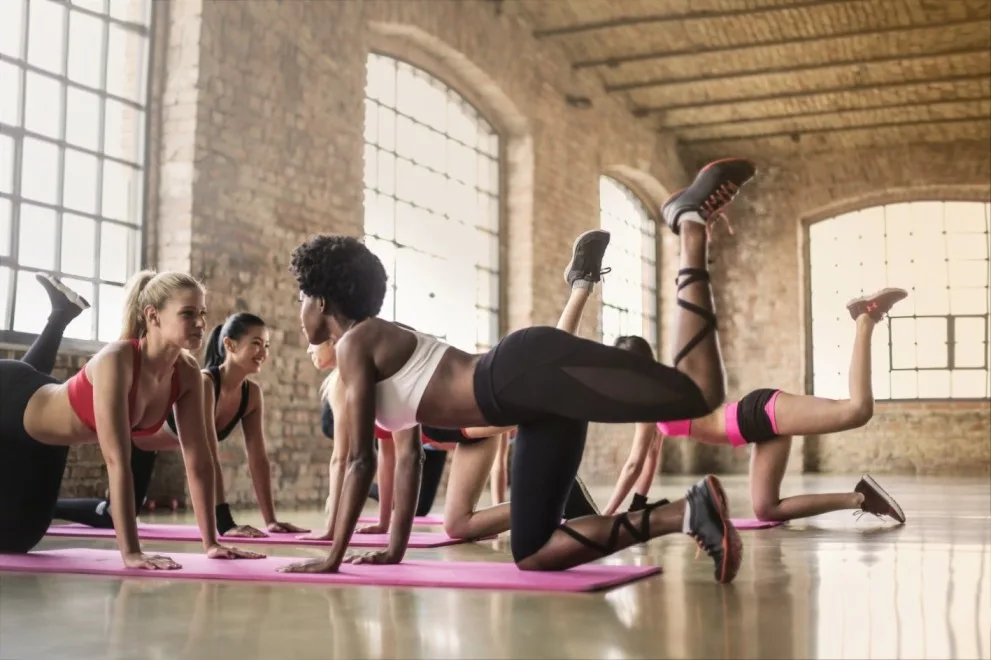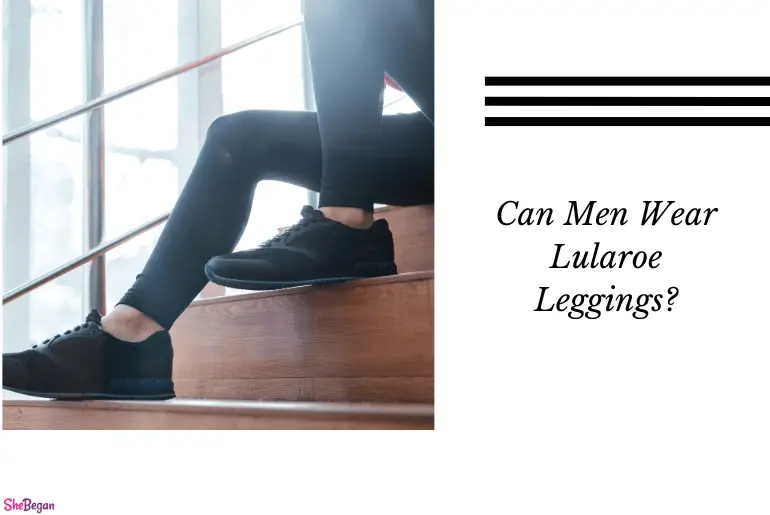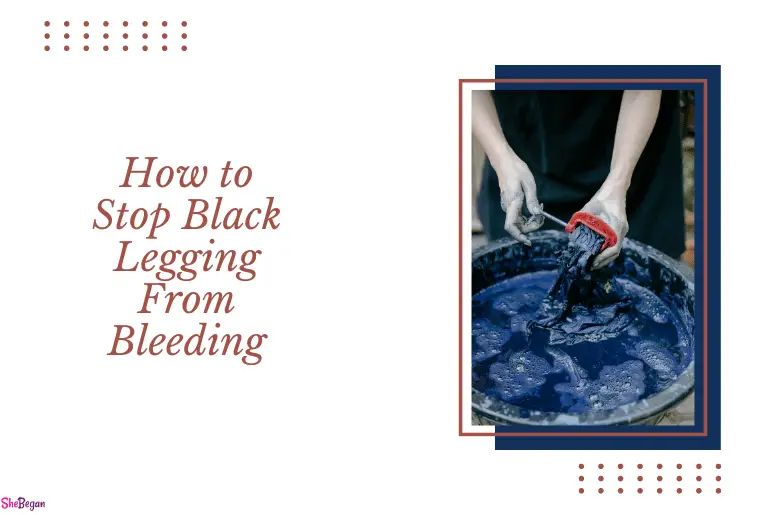Pants started as just a piece of clothing to cover our nudity and shield us from harsh environmental conditions from our waist down, but now, they offer different elegance and style that makes the want for them never-ending. One of the favorites of pants is the leggings, which imbibes with the snug-fit fashion trend of today.
Leggings were made to stay fitted to the body, but they are also breathable, comfortable, and resistant. These features were achievable due to the combination of materials used in their manufacture. When we talk about leggings fabric, we mean the varieties of Spandex or Elastane and Lycra. They are the main fabrics used in the production of leggings; others materials are used in less amount. So, How much spandex should be in leggings?
Spandex should normally constitute 15% to 30% or more for every legging’s fabric. The amount can however vary on the type and design of leggings as well as choice of leggings by company. Leggings have been around for a while now and people never seem to get enough of them. The better part of the women’s population considers leggings as a fashion necessity nowadays.
Their use started in the sporting scenes, worn by athletes during training and performances. Every year, more cool designs are released into the market and their materials differentiate them.
Why Spandex For Legging?
Spandex is a lightweight and synthetic fiber, used in the production of stretchable clothing, especially sportswear. It is most popular for its elasticity. Though the name is usually confused for a brand name but it is a general term for some polymer fabrics that were made in a variety of production processes. It’s also referred to as elastane or Lycra.
Spandex can stretch 5 to 8 times its original size and that is why it is commonly used for making form-fitting apparel like leggings and swimsuits. Mostly, pure, unmixed spandex isn’t used in garments, instead, it is woven into other fabrics in small quantities. The other fabrics are either synthetic, semi-synthetic, or organic.
In some rare cases, pure spandex fabric is used to produce incredibly stretchy or form-fitting garments. However, the garment may turn out very expensive since the fabric itself very much is. So, professionals who prefer them will have to buy them at costly prices. That is why it is more common to get spandex weaved into other textiles than when used alone.
The Amounts of Spandex in Leggings
Tight-fitting leggings are part of our everyday wear. Their snug nature purely stems from their spandex content which makes them very stretchy to accommodate our daily usage. The amount of spandex in varying leggings depends on the end-use and stability of the fiber. Normally, leggings that are frequently worn have a spandex percentage that ranges from 6% to 10%
Also, leggings of denim material or Jeggings as popularly called have an approximate 6% spandex in them. The reason for the low percentage in denim leggings is because the cotton yarn is significantly thicker compared to microfiber, and the function of spandex is to only keep it tight.
Spandex needs no introduction in sportswear. Wearing high-quality leggings is unquestionable for persons who like indoor and outdoor exercise. The spandex fabric employed for their production must be the best quality that fits their demand. Leggings for training or exercising must contain a mixture of nylon microfiber or polyester and a spandex content of approximately 15-20%.
Compression-based leggings have less Lycra in their content. That rate should be enough to allow the enormous scope of movements, and in the same vein, give compression needed to support muscle groups. The mixture is to have durability, elasticity, fuzziness, and support, and for customers to consider the products over others.
What is The Highest Rate of Spandex Used in Leggings?
The amount of polyester and spandex used in leggings varies per brand. Often than most, cheap brands use about 90% polyester and the remaining 10% for spandex, which resultantly makes leggings lose their composure after a few times washing. Adding nylon to the combination gives a different result entirely.
Nylon in that mixture would make for stronger and more durable leggings. the leggings would hold you in more without losing their softness and comfort. So, if a brand uses a mixture containing 13% spandex and 87% Nylon instead, the leggings would turn out a little heavy and that is actually good because most people don’t like see-through leggings that wick sweat.
A great example is Nike’s Leggings, with 17% as their highest rate of spandex, while Adidas’s Leggings feature 36% spandex and 64% nylon interlock, which makes the leggings tight-fitting with a compression fit that sculpts and supports the body. When a brand goes on to adds cotton to the mix, the fabric becomes stretchier and spandex naturally adds to the elasticity in rigid fabrics like polyester.
Spandex, even in trace amounts, tends to add stretchiness to a fabric mix. Companies pay much attention to deciding the proper materials for their leggings design or other athletic clothing. This decision affects the shelf life of their products.
Is It Better to Have More Spandex?
The decision to have more or less spandex solely depends on the type of leggings you are trying to have. Having more spandex gives you a special type of leggings as would having less spandex. Despite whether you opt for polyester or nylon, the percentage of high elastane also called spandex is essential for good compression without giving up mobility.
Four-way leggings stretch is ideal, that is, the fabric will spread just in about in any direction it is pulled, lengthwise or crosswise.
How Much Spandex is in Compression Leggings?
Compression fabric is usually made from nylon and spandex. Compression leggings are typically worn by athletes, trainers, or people with health conditions, but anyone can still wear them. The fabrics are designed to aid muscular recovery and improve blood circulation when worn. Some fabrics of compression leggings can have up to 25% spandex, meaning they can potentially stretch up to 60% in width and 10% in length.
The combination of nylon and spandex makes a fabric that is lightweight and extremely durable while still costing less to acquire. Their overall clothing design made from compression fabric aid in improving muscular functions by raising the rate of blood flow back to the heart.
Spandex is therefore the second most important material used in producing compression leggings. Though, without nylon, the leggings won’t stretch. Considering what the leggings are used for, stretching is needed in the fabric to carry out some functions properly while keeping all its benefits. Spandex is also the main material that causes the fabric to compress.
How Much Spandex is in Lululemon Leggings?
Lululemon leggings are quite different from compression leggings. Their fabric is stretchy, preshrunk, and wicks away the moisture from your body when you excessively sweat. The Lululemon trademark is Luon. Instead of Spandex, they feature Luon, a primary fabric mostly found in their wear products, from leggings, and yoga pants to headbands.
ALSO READ: Best Lululemon Leggings for Cellulite
The Luon is used by the brand, which contains 14% Lycra and 86% nylon. It is their secret ingredient used in most of their products. The lycra is to ensure the fabric never stretches or bags out, while nylon is mainly to provide coverage.
Which Fabric is the Best For Leggings?
Ever wondered what fabric makes leggings special? You might get confused about the variety of choices. Choosing the right one for performance or ordinary wear will help users maximize their workout performance and give them the best experience wearing them. Though leggings mainly feature four types of materials; Nylon/ spandex, cotton, spandex/ polyester, and wool.
Spandex, however, is the magic sauce that gives leggings fabric its stretchiness with good recovery. Spandex/ elastane or lycra as it is otherwise called is the same fiber used in activewear leggings fabric. The percentage of spandex that reflects the great stretchiness of the fabric increases progressively as its included. The popular composition is from 15% to 30%. Anything less than 5% spandex in leggings is rare for all brands.
Nylon is 100% synthetic fiber, it is commonly used to make different types of apparel, especially activewear. Nylon has no basis in organic material, some might get familiar with the term from Lululemon, which is used in their sportswear at the rate of 19% lycra and 81% nylon.
Polyester is another synthetic fiber made from petroleum and coal. It is one of the most used textiles. It feels soft and the amazing texture is similar to cotton, and it feels breathable and light. Polyester possesses a great sweat-wicking feature and it is much easier to take care of. It stretches long and its melting point is 260℃. Polyester is protective under sun exposure and has strong durability of anti-acid nature.
Conclusion – How Much Spandex should be in Leggings
The amount of spandex for leggings is dependent on the type of leggings and brand. Spandex is essential for great legging pants. It is though not featured in all brands but professional leggings use a great deal of spandex for their preferred type of leggings.





